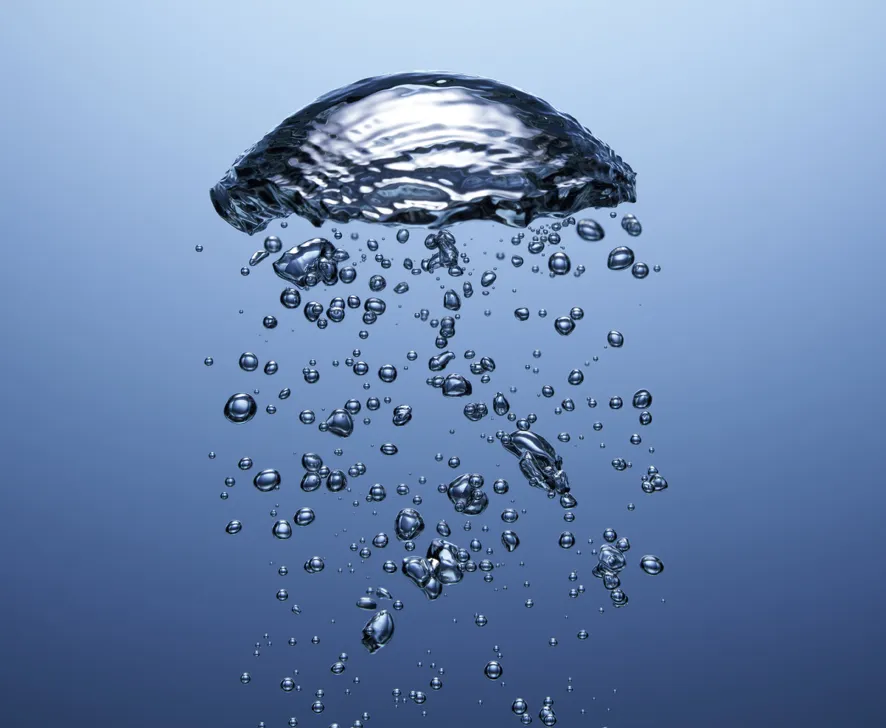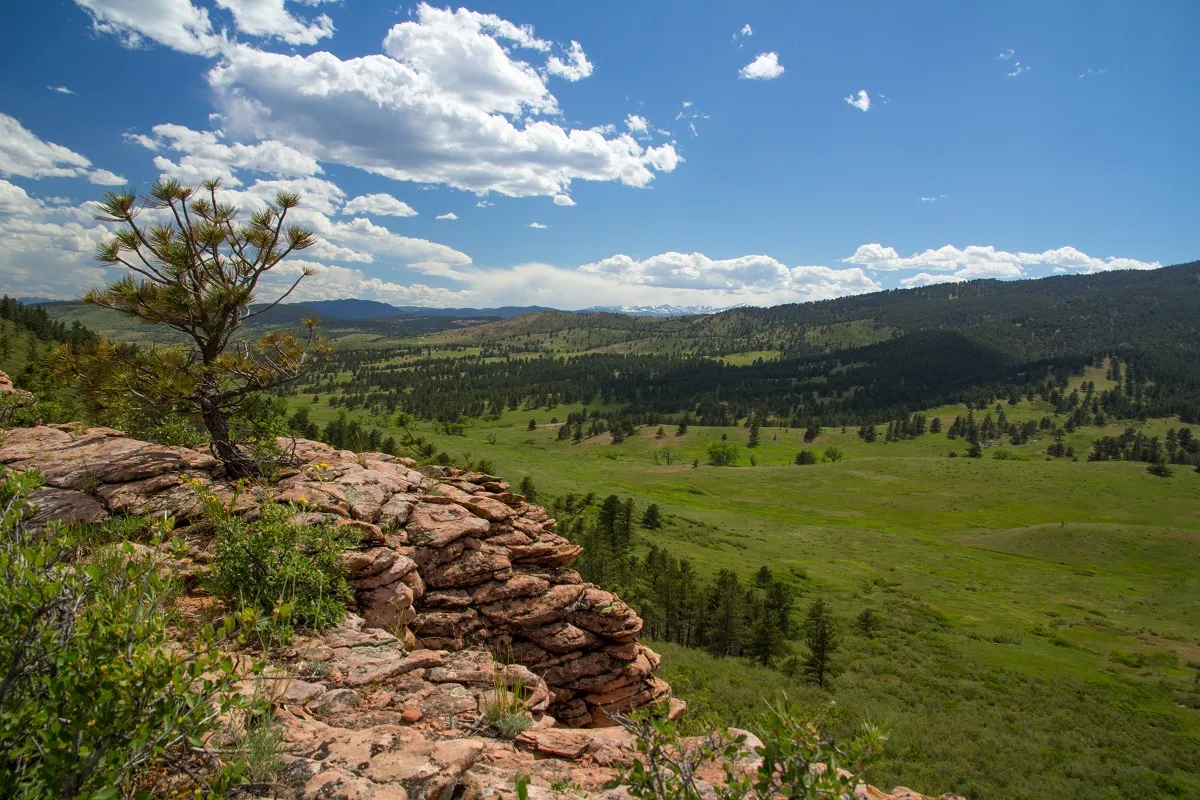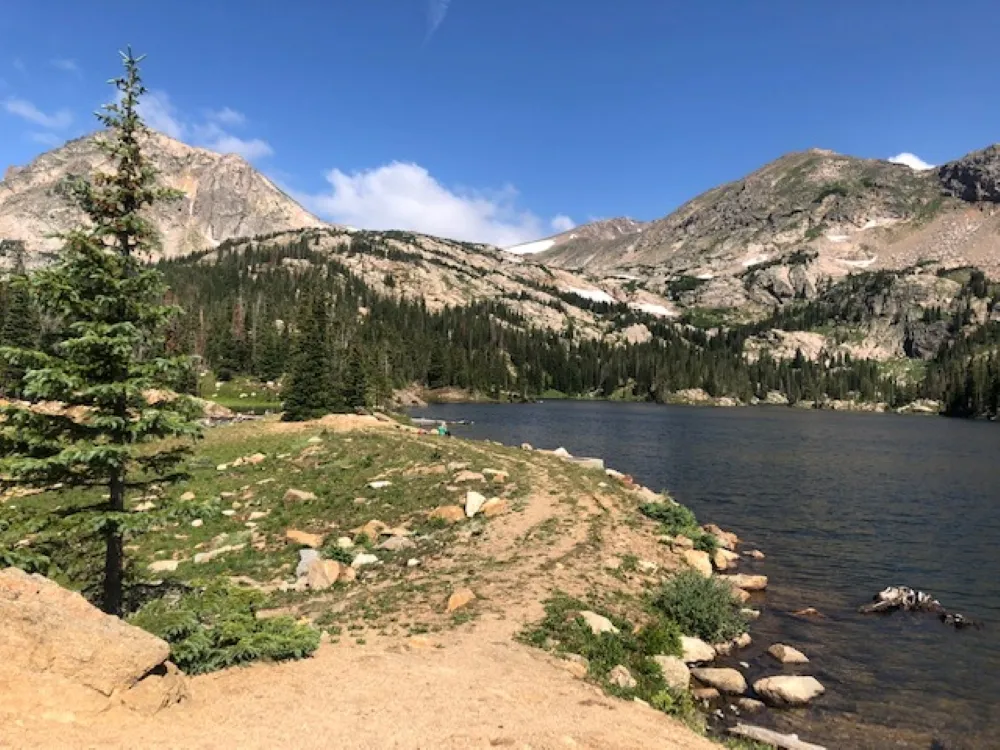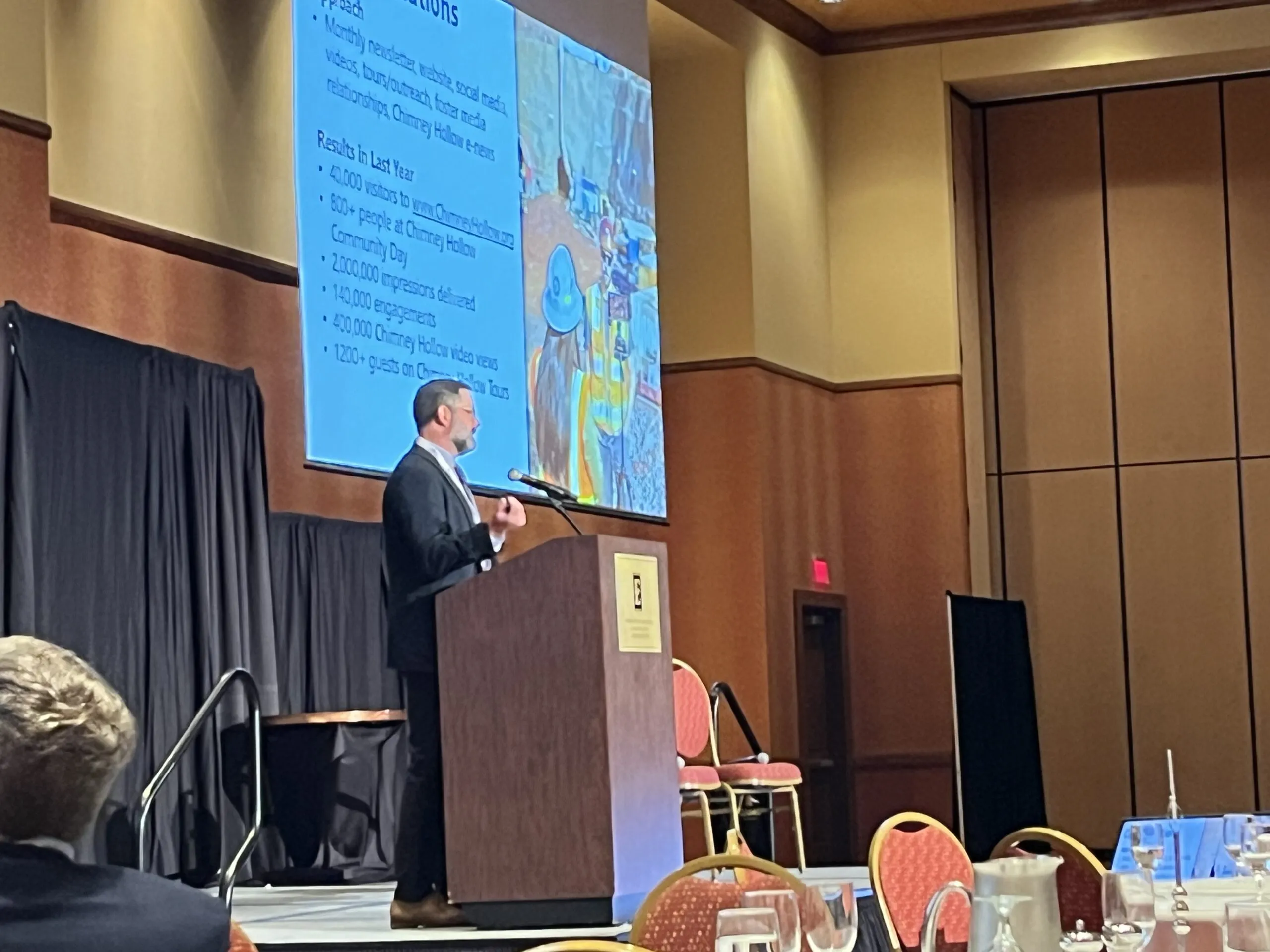Confluence: Industrial water use still a ‘relatively minor’ piece of the pie

At BizWest’s Confluence Colorado Water Summit, panelists dove deep into the water and energy topics of the day, including intense industrial uses.
THIS ARTICLE IS FOR SUBSCRIBERS ONLY
Continue reading for less than $3 per week!
Get a month of award-winning local business news, trends and insights
Access award-winning content today!
Already have a paid subscription?
Sign in with GoogleSign in with Google





